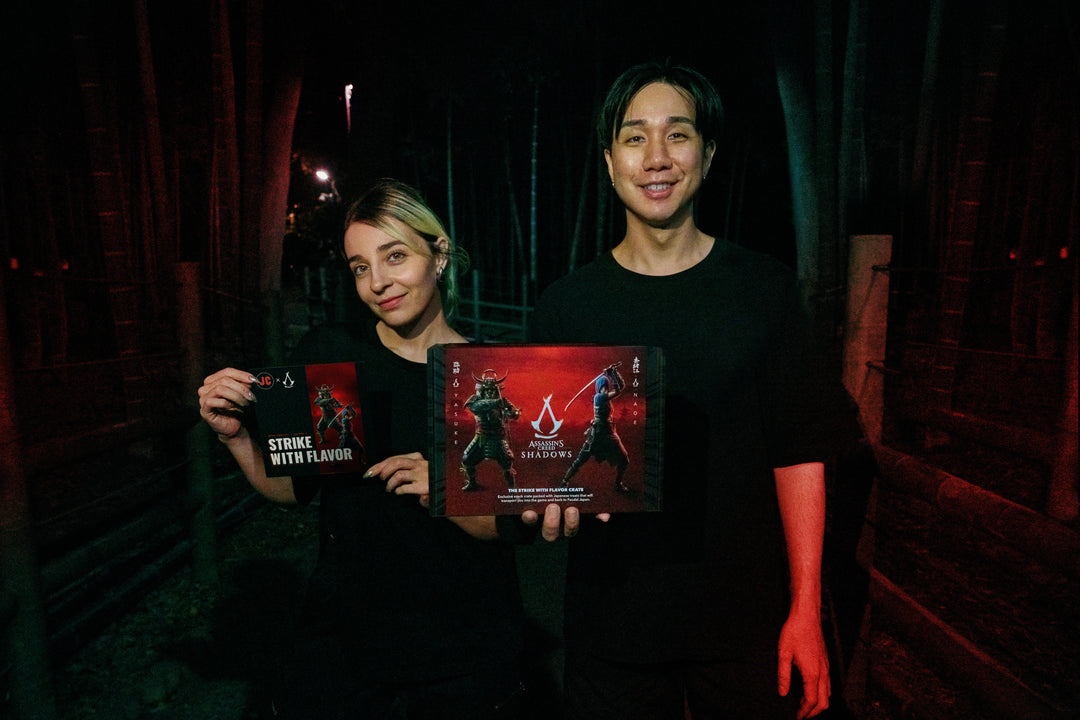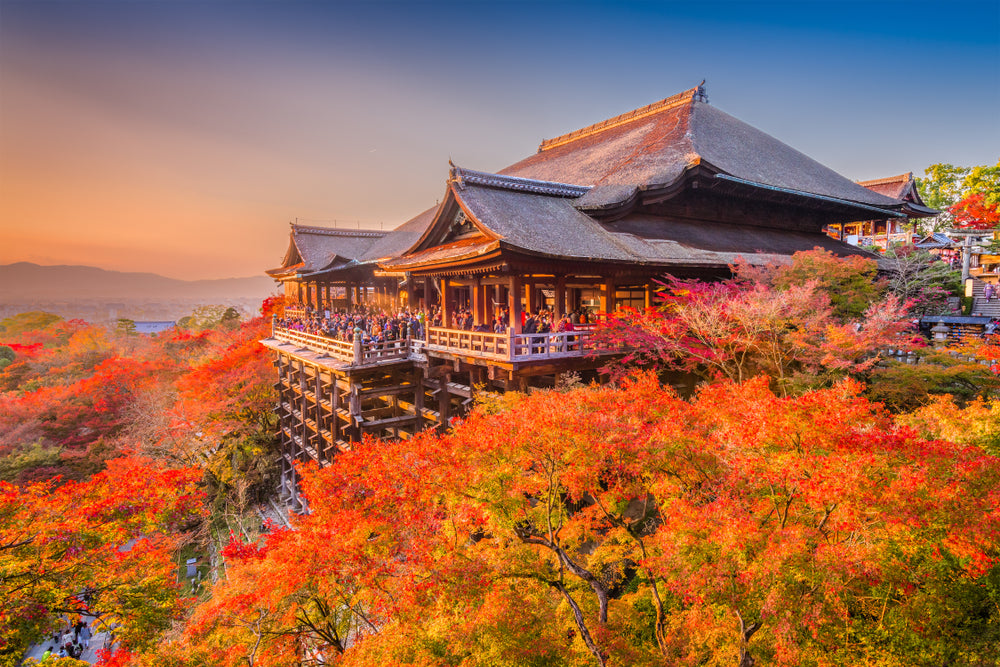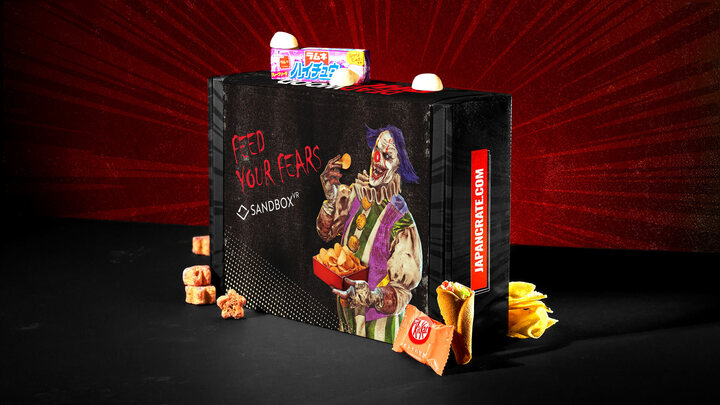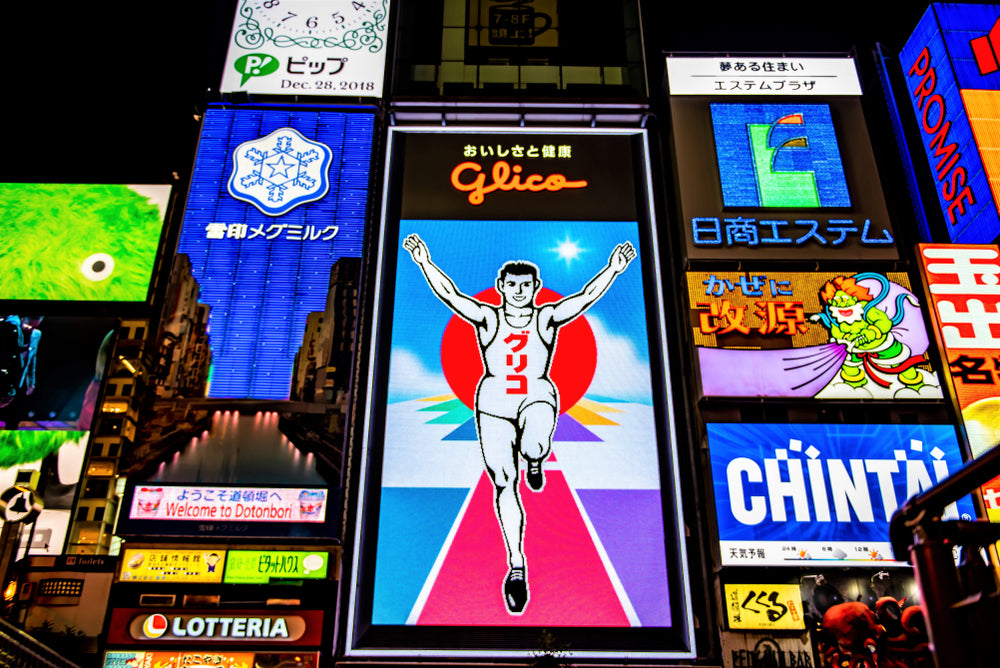Unwrapping Japanese Kit Kats: The Ultimate Guide
Japan has always celebrated its food. The innovation that the Japanese bring to their food is second to none, let alone the taste and presentation. However, what the Japanese also do good is adapting food from other cultures and one such fine example is Japanese Kit Kats.
A much-celebrated snack in Japan, Kit Kat originally came from England. Yes, this might be surprising for you but it was the Englishmen who introduced Kit Kat chocolate to the Japanese population.

Once available in a default flavor, today Kit Kats in Japan are available in more than 400 flavors, and each one is better than the other. If you are a candy lover, you sure are going to fall for the world of Kit Kats in Japan.
So, what made Kit Kat a household name in Japan? And how come it became such an integral part of the Japanese food culture? Well, there is a lot to learn about Japanese Kit Kats and in this post, we have covered several such aspects. The wafer treat has a great history and is loved by the Japanese like any of their grand and ancient foods.
Let’s learn about the Japanese Kit Kats and what all is information is packed inside the shiny wrapper.
Where did the Japanese Kit Kat originate?
Kit Kat first originated in an English chocolate company sometime in the 1930s. since its birth, the chocolate wafer treat has walked a very interesting path to finally become a cherished chocolate snack in Japan. Today, Kit Kat is a household name in Modern Japan and the history of this snack is pretty interesting.
Kit Kat first came to Japan in 1973 when the original manufacturer, Rowntree’s decided to import it to the country. So, ten years later, nestle took over the Rowntree company and fueled the production of Nestle. Soon their Japanese division was installed where tastemakers started experimenting with the taste, offering Japan a wide range of products, each one with a distinct flavor.
The first Kit Kat flavor that was launched officially in Japan was strawberry. The sale started in Hokkaido and soon strawberry-flavored Kit Kats were found on the shelves of every confectionery store across the nation. As heavy demand poured in, the Japanese division responsible for developing Kit Kats conducted a market survey and found out that the flavorsome variants of this choc wafer treat were not only a hit with the local consumers but also loved and cherished by visitors and tourists.
The strategic approach of the Kit Kat marketing team and course the amazing taste of the chocolate made it an instant hit. However, what fueled the popularity of Kit Kats in Japan is the idea of celebrating them as a representation of the Japanese food culture. It was believed to be the ideal gift to carry home by tourists in Japan. The tradition of omiyage-gift-giving in Japan was very strong and nestle ensured to take benefit of it.
Along with the idea of omiyage, nestle also established Kit Kats as a food with great importance to Japanese people. The company released Kit Kats in a wide range of regional flavors, including but not limited to Ocean Salt Kit Kat made with an amazing ingredient- the Seto Inland Sea in southwestern Japan, Uji matcha flavor which had the amazing matcha tea in it, a prime tea grown in Kyoto, and the purple sweet potato flavor a perfect representative of the island of Kyushu.
How did Japanese Kit Kat become so famous?
Kit Kat became a popular chocolate bar in Japan in no time. It was its taste, along with the strategic approach of the company that ensured the popularity of this snack through the years. It was reformed several times till it finally took its luxurious avatar and then enough efforts were carried out to make Kit Kat brand a household name in Japan.
The dedicated efforts of Nestle included hiring celebrity pastry chef Yasumasa Takagi. the chef was made a part of the Kit Kat team to experiment with tastes and help develop new flavors of the chocolate. As Takagi started working on the gourmet flavors, he would do taste tests which would last anywhere from one week to several months.
To your surprise, Takagi came up with his first contributory Kit Kat flavor after two years of ongoing series of taste tests. In 2005 Takagi gave his first gourmet flavor contribution as Passion Fruit Kit Kat.
Today, Takagi has contributed a whole range of new and luxurious flavors to Kit Kat chocolates, which is the luxurious division of Kit Kat chocolates in Japan. There are special stores under this Chocolatey series that sell amazing and exclusive types of Japanese Kit Kats along with cakes and other sweet delicacies featuring a unique type of Kit Kat flavor.
What are the different flavors of Japanese Kit Kats?
Japanese Kit Kats are available in a wild range of flavors and each one is amazing in itself. Some of the most popular Japanese kit kat flavors are:
Matcha KitKat Flavour

Matcha (green tea) is one of the most cherished luxuries of Japanese culture and not having a Kit Kat inspired by this amazing tea would be wrong. Hence, you have a bright green-colored Kit Kat that offers you the true taste of Match tea along with the crispiness of the wafer and smoothness of chocolate. One of the most classic Kit Kat in Japan.
Hojicha KitKat Flavour

Another green tea but in a different color, Hojicha makes another great inspiration for the Kit Kat flavor fusion trail. The tea has a reddish-brown color and a soothing, earthy, and smoky aroma and is available exclusively in the Kansai region. The Hojicha Kit Kat has the earthy and roasted taste of Hojicha infused with creamy chocolate.
Otona No Amasa Strawberry Flavor

This yummy offering is from the Otona No Amasa adult Kit Kat line. It includes a delightful Kit Kat crunch consistency and creamy strawberry taste. Since it's less sweet than standard Japanese Kit Kats, it's perfect for those who want a sweet treat that's not too sweet.
Umeshu Flavor
One of the most beloved liquor flavors in Japan is umeshu, also known as plum wine. This unique flavor combines white chocolate with the taste of sweet, ripe Japanese plums. Expect a lightly fruity flavor reminiscent of umeshu. This Kit Kat flavor includes 0.2% alcohol.
Whole Wheat Biscuit Flavor
Inspired by digestive biscuits in England, these Whole Wheat Biscuit Kit Kats offer a unique taste. They're crafted with whole wheat flour and grains and dipped in white chocolate. They were originally created as a way to inspire consumers to eat more grains daily.
Kit Kat Gold Flavor
One of the most exciting Japanese Kit Kats is the Kit Kat Gold. This Kit Kat combines the taste of milk chocolate Kit Kats with caramel Kit Kats for a rich, sweet taste. The Gold Kit Kat is a more decadent offering than other Japanese flavors.
Cafe Latte Flavor
Bursting with chocolatey coffee flavor, these Kit Kats are perfect for mocha lovers. They're sweet and creamy and taste like a delicious chocolate latte.
Lucky Red & Whites Flavor
While all Kit Kat flavors are considered lucky, the Lucky Red & Whites are specifically designed to gift to others as a good luck charm. These milk chocolate and white chocolate candies include a good luck blessing on the package, making them even more special to unwrap.
Sweet Potato Flavor
One of Japan's beloved snacks is yaki imo, also known as baked Japanese sweet potatoes. This Kit Kat flavor deliciously replicates the taste of yaki imo. Each bite features a yummy, nutty taste similar to the nutty notes in Japanese baked sweet potatoes.
KitKat Bites Varieties

Yes, Japanese Kit Kats are available in exclusive mini ball variations called Bites and there are also several flavors of it. You can easily find Japanese Kit Kats Bites Flavors like Nuts, berries, Rum & raisin, Yoghurt, and several other exciting flavors. These are perfect for snacking on the go, especially if you have trouble finishing a full Kit Kat bar.
Additional Japanese Kit Kat flavors:
Other than this, there is also Maple flavor Kit Kat which is a limited-edition Kit Kat and for coffee break Kit Kat that makes a perfect companion for you when sipping your favorite brew.
You will be amazed to know that there are over 300 official flavors of Japanese Kit Kats such as Roasted green tea, milk tea flavor, strawberry cheesecake, chocolate Hokkaido melon, raspberry infused dark chocolate and of course the Tokyo Banana.
These flavors are created from locally and regionally inspired ingredients and tastes. Each year, the number of Kit Kat flavors in Japan continues to grow, primarily due to the high demand for new offerings from consumers.
Packaging
Japanese Kit Kats come in uniquely designed packaging. The wrapper of a Kit Kat in Japan has space at the back to write a message. This packaging feature is one of the reasons why Japanese Kit Kats are so famous in the country.
The reason for the space for writing a message is related to the English translation of the name Kit Kat which is an encouragement phrase. People write their messages on the back and pass them to their near and dear ones.
Additionally, depending upon the flavor, Kit Kats are packed in different colored packaging including Pink for strawberry, green for matcha, and more.
Taste and nutrition
As the flavors differ, these sweet chocolate bars have different ingredients and nutrition altogether. Some flavors are sweeter, while others border on bittersweet. The Otona No Amasa flavors are typically less sweet than the regular flavors, as they're geared toward adult tastebuds. Options with dark chocolate usually taste more bitter than those with a milk or white chocolate base. Instead of large Kit Kat bars (like seen in the US), Japan usually offers Kit Kats in bags with smaller individually wrapped bars (minis). These bars are around 60 calories each, depending on the flavor and ingredients.

Amazing facts about Japanese Kit Kats:
There are some interesting facts about Japanese Kit Kats that are worth sharing.
1. Kit Kat in Japan is transliterated into “kitto katto” (キットカット). This is very much closer to the phrase “Kitto Katsu” (きっと勝つ) which means “you will surely win”! when translated to English.
2. As it means best of luck indirectly, Kit Kats were an instant hit among students in Japan as they were considered a sign of good luck in students attempting their exams. Because of this, it became popular for adults to gift students with Kit Kats as a good luck token before important tests.
3. Since they're considered good luck charms, the sale of Kit Kat rises in Japan when it is examination time in the country.
4. The Gold Japanese Kit Kat is one of the exclusive offerings of the company and is made with white chocolate covering their classic wafers.
5. There is a unique Japanese Kit Kat that has the flavor of traditional Japanese rice wine (日本酒, nihonshu). Known as sake-flavored Kit Kat, the chocolate contains 0.4% of alcohol per bar.
6. Japanese Kit Kat Beni Imo (Sweet Purple Potato), is by far ranked as the best flavored Japanese Kit Kat by several chocolate enthusiasts. However, there is a branch of Kit Kat lovers who vote for the classic Dark Chocolate version being the best.
7. Nestle sells about four million Kit Kat minis — a bite-size package of two ingots- per day. It is considered to be the most famous Kit Kat in Japan.
Where can I buy flavored Japanese Kit Kats?
In America, it's not as easy to find Japanese Kit Kats. However, in Japan, they are much more readily available. In Japan, these chocolatey sweets are offered on nearly every street corner. The local convenience stores, Don Quixote, and supermarkets typically include at least a few flavor options. You'll also find Japanese Kit Kats in gift shops, on Sweets Street near Tokyo Station, or at small candy shops throughout the country.
Japan also hosts specialty Kit Kat store offerings, like the Kit Kat Chocolatory. Here, shoppers can purchase flavors that aren't available anywhere else. These Kit Kat flavors are crafted with high-end ingredients, making them a truly special gift for recipients. Beyond higher quality ingredients and unique flavors, the Kit Kat Chocolatory shops include exciting experiences such as the ability to create your own Kit Kat bars in store by working with a chocolatier.
If you forgot to stop by a Kit Kat shop before heading home, Japan has made it easy to procure Kit Kats at the airport. Haneda and Narita airports both offer the opportunity to purchase regional flavors, from blueberry cheesecake to Sakura. Ensure you leave sufficient space in your luggage for various Kit Kat flavors, as there will be quite a few you'll want to taste.
Conclusion
For those who cannot visit Japan, you can also find a full-sized Kit Kat in each Japan Crate monthly delivery. Each month, a new theme is uncovered, allowing you to journey into Japan's culture through snacks, goodies, collectibles, games, and prizes. Within these snacks is a Japan-exclusive Kit Kat flavor, including locally and regionally inspired offerings.
For more exclusive, limited-edition Japanese Kit Kats, head to Sugoi Mart to check out the newly released 120 piece Kit Kat Variety Pack. This pack includes a wide array of flavors, such as milk tea and wasabi. You'll also find fun treats from collaborations with brands like Sanrio and Baskin Robbins.
Explore our wide range of Japanese Kit Kats options and pick your favorite flavors from Sugoi Mart for an instant purchase. Don't forget to sign up for a Japan Crate subscription box for exciting Kit Kat flavors each month!
Author Bio







Leave a comment